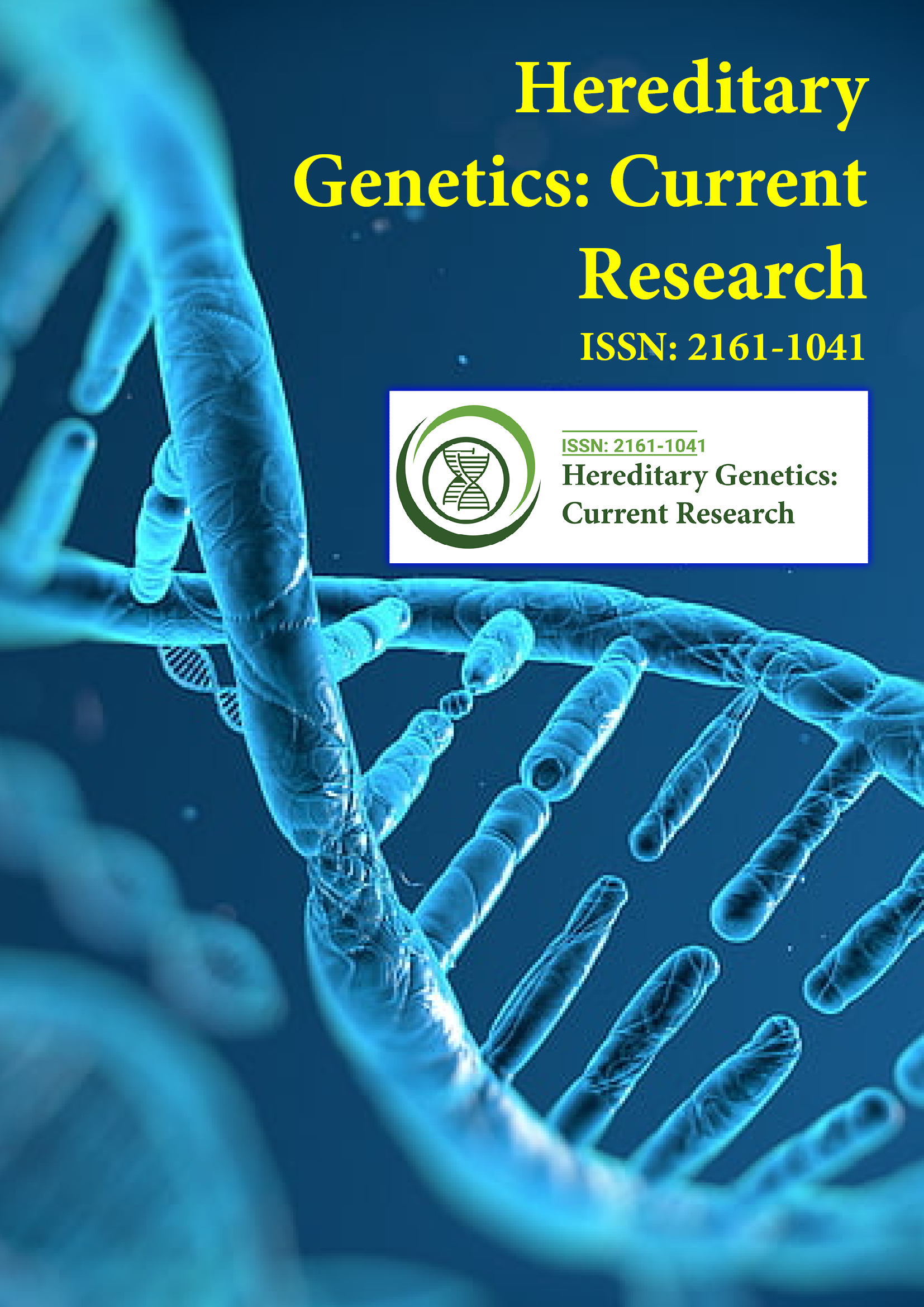Индексировано в
- Open J Gate
- Журнал GenamicsSeek
- CiteFactor
- RefSeek
- Университет Хамдарда
- ЭБСКО АЗ
- NSD - Норвежский центр исследовательских данных
- OCLC- WorldCat
- Паблоны
- Женевский фонд медицинского образования и исследований
- Евро Паб
- Google Scholar
Полезные ссылки
Поделиться этой страницей
Флаер журнала

Журналы открытого доступа
- Биоинформатика и системная биология
- Биохимия
- Ветеринарные науки
- Генетика и молекулярная биология
- Еда и питание
- Иммунология и микробиология
- Инжиниринг
- Клинические науки
- Материаловедение
- медицинские науки
- Науки об окружающей среде
- Неврология и психология
- Общая наука
- Сельское хозяйство и аквакультура
- Сестринское дело и здравоохранение
- Управление бизнесом
- Фармацевтические науки
- Химия
Абстрактный
Хорро и репродуктивная способность их помесных молочных коров в условиях субгумидных тропических климатических условий Эфиопии
Бешату Джалата, Хабтаму Абера Гошу, Тесфайе Медикса, Дередже Бекеле, Мохаммед Алие
Система обнаружения эструса, правильное время осеменения, кормление и методы ухода за здоровьем вносят значительный вклад в оптимальную эффективность размножения стада и пожизненную продуктивность. В субгумидных условиях Эфиопии возраст первого отела, дни открытого периода, отел до первой течки и осеменение на оплодотворение являются экономическими признаками репродуктивной эффективности Horro и их помесных молочных коров. В результате данные, собранные в сельскохозяйственном исследовательском центре Бако в Эфиопии с 1980 по 2019 год, были использованы для изучения репродуктивной эффективности Horro и их помесей с голштино-фризскими и джерсейскими молочными коровами. Общее среднее значение ± стандартная ошибка возраста первого осеменения (AFS), возраста первого отела (AFC), количества осеменений на зачатие (NSP), интервала отела (CI), дней в периоде открытого телят (DO), частоты осеменения (CR) и частоты воспроизводства (RR) составило 29,2 ± 0,2 месяца, 39,8 ± 0,2 месяца, 1,76 ± 0,4, 13,2 ± 0,3 месяца, 94,3 ± 4,3 дня, 75,0 ± 1,3% и 28,4 ± 0,3% соответственно. В 60 и 90 дней отношение шансов частоты невозврата (NRR) составило 0,22 и 0,96 соответственно. Породы (отец и мать) и период рождения оказали значительное (P < 0,001) влияние на AFS и AFC, тогда как сезон и количество маток оказали значительное влияние на CI и DO. Непоследовательное управление кормлением, обнаружением охоты, навыками осеменителя, временем осеменения, здоровьем и другими методами содержания может привести к длительным периодам AFS, AFC, CI и DO. Чтобы улучшить репродуктивную способность Horro и их помесей с голштинско-фризскими и джерсейскими молочными коровами в субгумидных условиях Эфиопии, мы должны сосредоточиться на увеличении факторов управления.